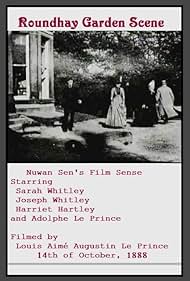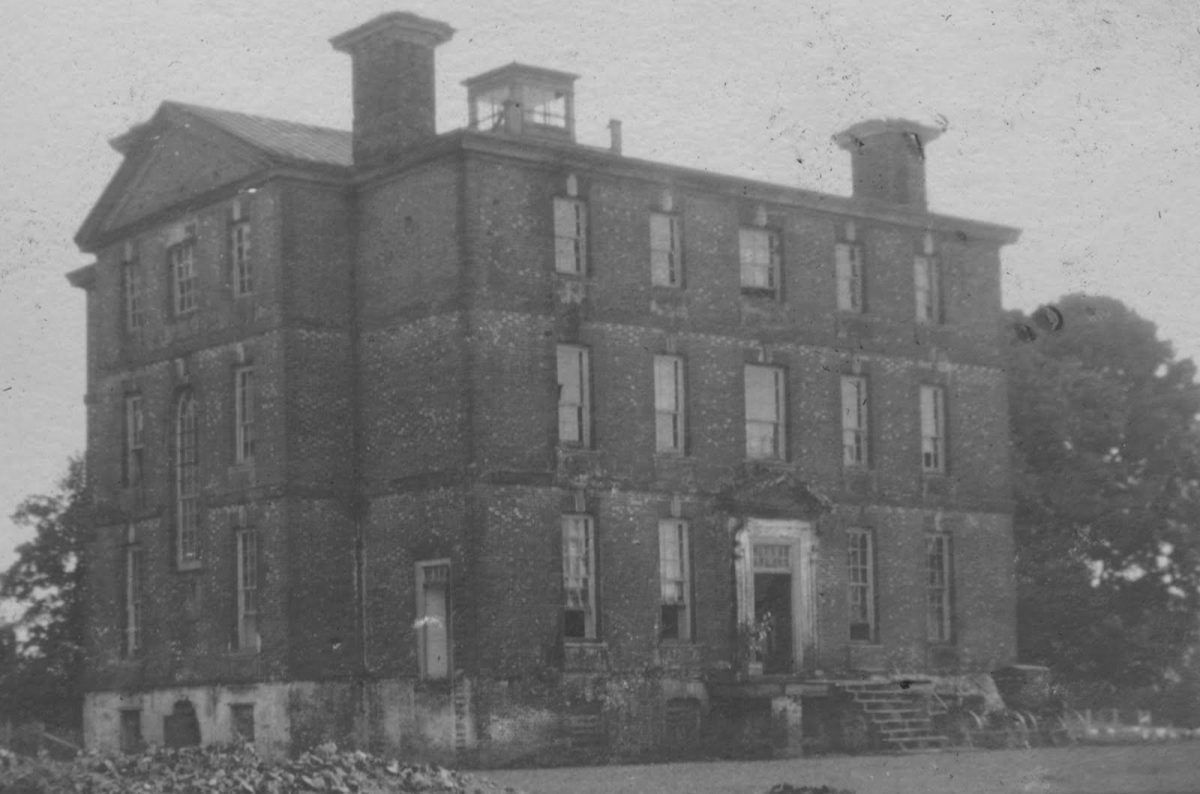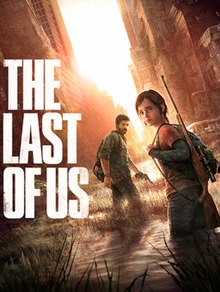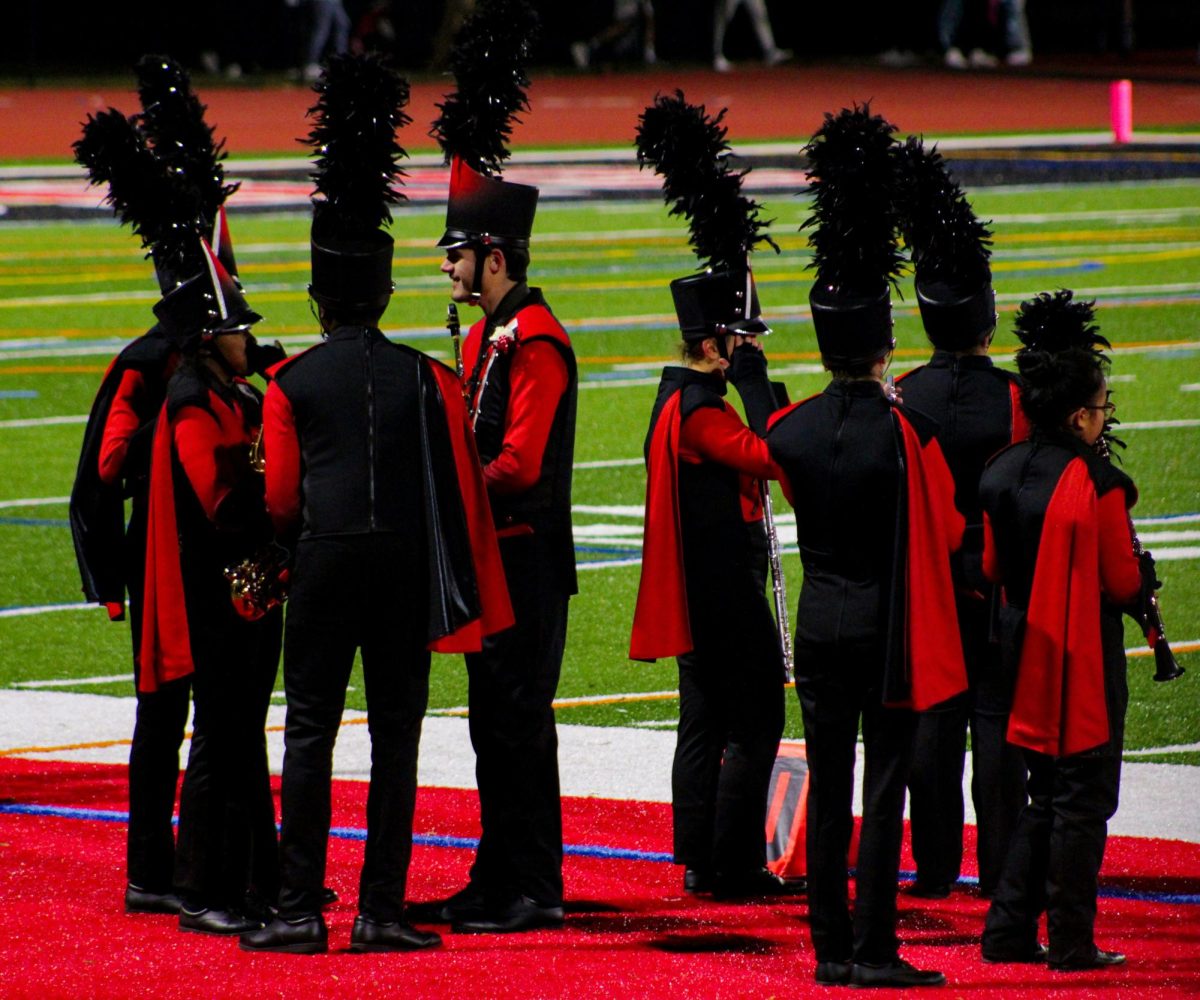
Cinematography is the art and technology of motion-picture photography. Cinematography uses all on-screen visual elements including: lighting, framing, composition, camera motion, camera angles, film selection, lens choices, depth of field, zoom, focus, color, exposure, and filtration. With all those things considered, the film crew on a feature can be quite sizable. Headed by cinematographer, first cameraman, lighting camera, and director of photography, whose responsibility is to capture the photographic images the director wants.
Cinematography has greatly evolved since the first motion picture film in 1888. What were once silent black and white films now become digital, full color, and enhanced with visual effects and music. Cinematography began with people combining multiple consecutive photos to create the illusion of a motion picture. One of the earliest motion picture films is the “Roundhay Garden Scene,” which was created in 1888 and was only 2.11 seconds long. However, the invention of cinematography was credited to Louis and Auguste Lumieie, who created the first motion-picture apparatus, a camera and projector, which was first used publicly in 1895.
From then cinematography rapidly grew. Initially, it was exploration and experimentation as filmmakers tried to learn how to put sound in film. Due to technological limitations they were not able to achieve sound in film till 1927. Films greatest move forward was when the partnership between director D.W. Griffith and cinematographer Billy Bitzer. Together they made over 500 from 1908 to 1924. They are credited with originating essential film techniques including the close-up, fade-out, soft focus, and backlighting. Griffith and Bitzer changed film into an expressive art form.
Cinematography entered the studio era (often referred to as The Golden age of Hollywood) after the addition of sound. The five major studios that dominated the U.S: Paramount, Warner Bros., RKO, MGM and 20th century fox. Each studio was known for its specific style. For example Warner Bros. were known for their gangster movies and introduced characters like James Cagney, RKO served as an outlet for elegant musicals. Directors working in these studios had to follow each studio’s visual style and aesthetic; if not they could be at risk of losing their jobs. Their work had to be of high quality without calling itself out of distracting the audiences from the plot. But even with all of its limitations the approach brought out masterpieces such as Casablanca and The Wizard of Oz. Those restraints led to innovation in the form of director Orson Welles’ and Gregg Toland’s Citizen Kane. Toland’s experiments with lighting and lenses resulted in the development of deep focus, which created a depth of field that allowed all elements of a complex shot to be seen simultaneously.
The 1950s and 1960s brought about the modern age of cinematography, the age of big-screen spectacles and as Hollywood attempted to distinguish itself from the new medium of TV. Widespread use of color and new ultra-widescreen formats, including CinemaScope and Cinerama. One of the greatest shifts in cinematography arrived as a part of the New Hollywood era in the late 1960s and 1970’s. Many young directors entered the profession. As the old guard retired and the union changed, rules were relaxed to allow new memberships. With the wave of new directors so did mind-blowing movies that lead into today’s entertainment.
Up until the 2000’s movies were shot entirely on film. However, as the industry changed, they began transitioning into the world of digital media and storage. Although some films had been filmed with digital in the 1980’s digital cinematography didn’t take off till the early 2000s. Around 2010, digital filmmaking was the primary way to make a movie, and in 2013, paramount became the first major movie studio to distribute movies in theaters that were fully digital. With the rise of cinematography, the world of film and television has greatly expanded. As the industry continues to be elevated, it is important to look at the background of cinematography and remind ourselves of how far the art has come.










































